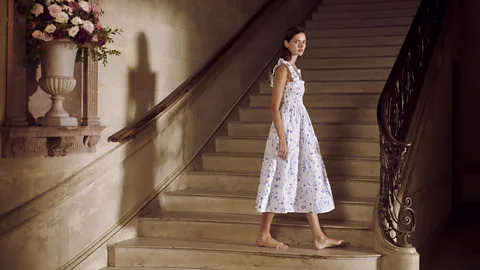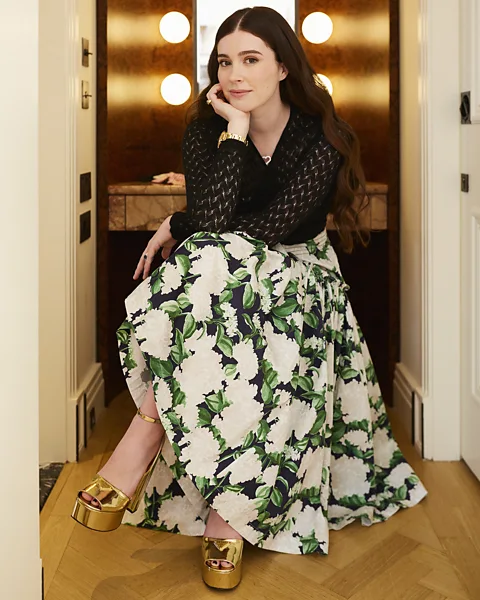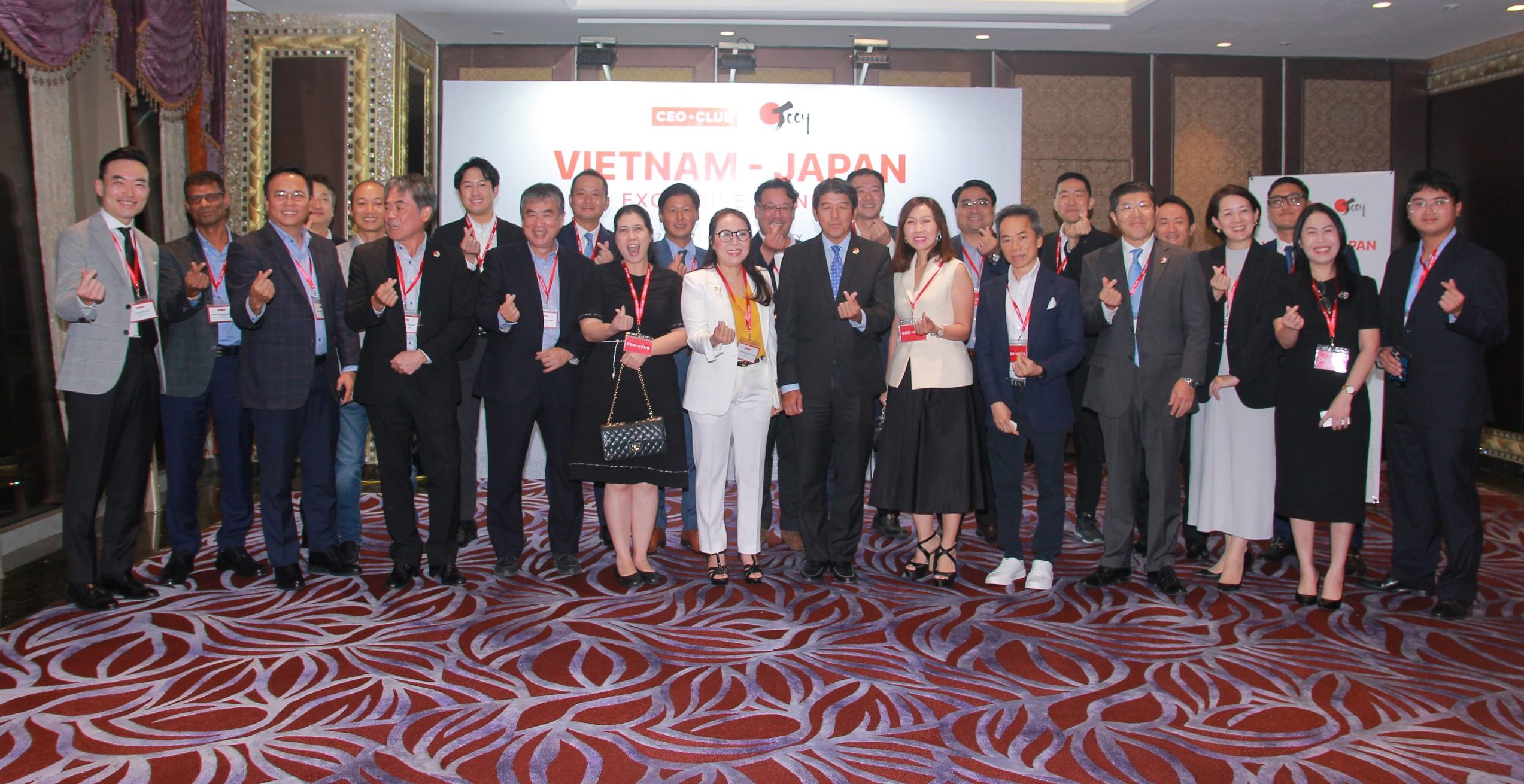Nell Diamond, CEO of Hill House, shares how her small business skyrocketed to global success with a simple, singular product.

At the height of the Covid-19 pandemic, Hill House Home’s Nap Dress became more than just a piece of clothing – it was a symbol of comfort and versatility for a world in flux. What started as a direct-to-consumer bedding and home business in 2016 had grown into a fashion movement, reflecting how a single dress could adapt to your body over the years and transform depending on the demands of the day.
The company introduced the Nap Dress in 2019, a design that leaned into the idea of smocked fabric from the 1950s and reimagined it with modern, universal appeal. It didn’t take long for the dress – now with over 50 designs – to go viral on social media and become common in many closets around the world.
“Our crazy growth happened from 2019 to 2020 – right in the middle of quarantine and while I was pregnant with twins,” CEO Nell Diamond tells the BBC. “I could obviously see how much the business was changing internally from the sales volume, but one really pivotal moment for me was working from home, sitting in my bedroom in New York City, and looking out the window to see someone walking down the street wearing one of our dresses.
“Entrepreneurship can feel really lonely and insular, so to realise that people know about your little project is incredibly rewarding. I’ll never forget that moment.”
Since then, the company has sold over one million Nap Dresses, expanded into categories like outerwear and swimwear, and opened five retail locations across the United States, from New York to Charleston. The brand’s reach has also expanded within other retailers, including Shopbop and Saks. Hill House puts its current valuation at approximately $150m (£118m), although the BBC was unable to obtain an independent valuation.
The company has faced challenges, too, including navigating global supply chain disruptions during the pandemic and scaling operations to meet increased demand. But at a time when small businesses struggle to stand out amid economic uncertainty, Hill House’s story underscores the importance of adaptability and building strong connections with consumers.
“We’ve had the biggest year in company history,” Diamond said. “The business has continued to grow past even our optimistic plans.”
When we told our customers what was happening, people loved having that insight into the humanity behind the products they’re actually buying
Diamond’s love of fashion started early, during her teenage years while attending the American School in London, UK. After graduating from Princeton University, she joined the trading desk of a finance firm, initially entering the same sector of business as her father Bob Diamond, the former CEO of Barclays bank. She quickly realised, however, that her passion lay elsewhere.
“I was always drawn to retail,” she says. “I’d steal my friends’ equity research papers to learn what companies were doing in the retail space. I realised that this thing which started as a guilty pleasure – loving fashion – turned out to be a viable career opportunity.”
Now, as CEO, Diamond oversees every aspect of the business, from growth strategy to creative direction. Below, she talks with the BBC about the company’s biggest challenges, its rapid evolution into a lifestyle brand and plans for the future.
Hill House dates back to a startup incubator you joined while in business school at Yale University. How did you turn the idea into a fully fledged business?
I wanted to bring a design-forward point of view to the home category. We started with just home products: bedding, pillows, a little bit of pyjamas and robes. But I really focused on the home and, in particular, the bedroom, drawing off of some of the design elements of my London upbringing – great British brands like [interior decorating firm] Colfax and Fowler and amazing prints that I had seen in the Victoria and Albert Museum.
There were many businesses launching direct-to-consumer [approaches] and talking about cutting out the middleman. I wanted to do the same thing and … start small and focus on just one or two products. While I was at business school, I spent time on the little parts of starting a business – trademarks, legal documents, hiring my first few contractors and setting up our Instagram account. After graduating, I spent the first couple of years bootstrapping the business and really focusing on meeting our customers. It was a very small team in a co-working space in New York City.
By 2019, everything dramatically changed overnight. We went from low and slow and careful growth to the success of the Nap Dress. Within a few months, our business was majority a fashion business based off the strength of this one product line. We went from five people to 30 people and from one store to now having almost six stores. It really changed the scale of the business. I remember our very first order was for a hundred units and being petrified that we wouldn’t actually sell them. To have sold a million of them now is really crazy.

The Nap Dress has proved wildly popular with consumers, with new collections often selling out in minutes of going on sale (Credit: Hill House Home)
Why do you think this one particular product, the Nap Dress, resonates with so many people?
It’s so many different things. We didn’t invent smocking, which is what makes our dresses most identifiable. My grandmother was wearing smock dresses in the 1950s. Juicy Couture [the Los Angeles-based clothing brand] popularised smocking and terry cloth in the 2000s. But I think what was so important to us was figuring out a very proprietary type of smocking that could stretch with you. I wore it all throughout my twin pregnancy and then the snap back. It works with your changing body and throughout the day – it feels comfortable but you still look kind of put together.
When we first launched the Nap Dress, we would have somebody email in and say: “Oh, my friend was wearing this dress at a dinner party, or at work or at preschool pickup, and I have to have it.” It was exacerbated by social media, but organic social media, which is the important distinction there. Even today, 30% of orders on our site come from word-of-mouth referrals.
What are some challenges you faced in the early days that you had to overcome?
There were – and continues to be – challenges every day. Early on and certainly during Covid, there were constant disruptions in the global supply chain, whether it was that one factory had to shut down or another one had delayed shipping.
In 2021, we expected we’d be able to have all the products here by a certain date for a product drop. There were crazy delays at ports all over due to shipping freight issues. That can affect your entire summer selling, your entire quarter of selling. In this increasingly online, seamless-delivery Amazon-dominated world, it is easy to forget how many human touch points there are and how fragile they can be. We internally would get so anxious and nervous any time one of those human touch points had a blockage.
But when we told our customers what was happening, people loved having that insight into the humanity behind the products they’re actually buying. I think it made it feel more personal to them. And that might be one of the many reasons why we have such a loyal customer base – we let them into that side of the business. It’s clear that it’s not so robotic and transactional.
How do you check that manufacturing partners and suppliers are abiding by the highest standards?
We have manufacturers in 12 countries across nearly all continents. It’s all about tracking at every stage of the development process. We take that very seriously. We work with an organisation called Transparency One that helps us track across our supply chain at every stage and audit what our manufacturers are reporting. We’ve had many of the same manufacturers since day one and developed those human relationships with the people who make our clothes. One of our main manufacturers is the same person who we sent those first hundred unit orders to, and they should feel a tremendous amount of ownership over the growth that we’ve seen over the past couple years.

Nell Diamond began her career in finance but switched to retail to follow her real passion (Credit: Zac Frackelton)
You’ve publicly said before that the business is very reliant on global trading routes and global supply chains. Now given that President-elect Trump has campaigned on raising tariffs for imports, are you concerned about how this might affect costs and global trade more generally?
I can only speak for our own company, but I think that tariffs are certainly something we are thinking about.
Samantha Kelly (Source: bbc.com)


